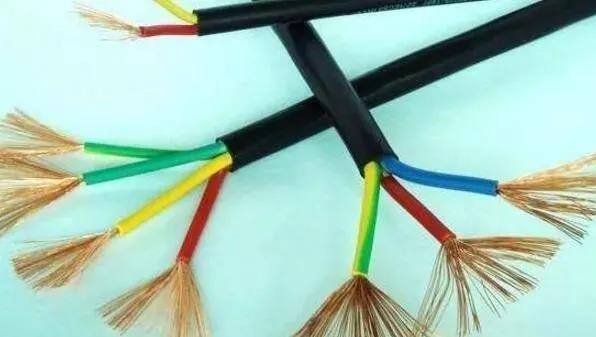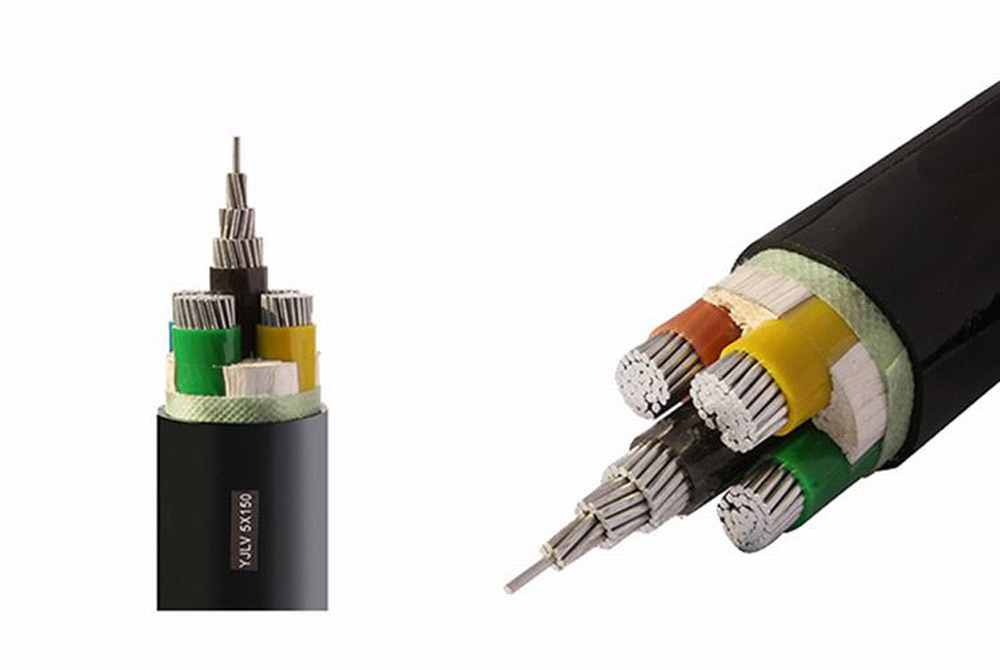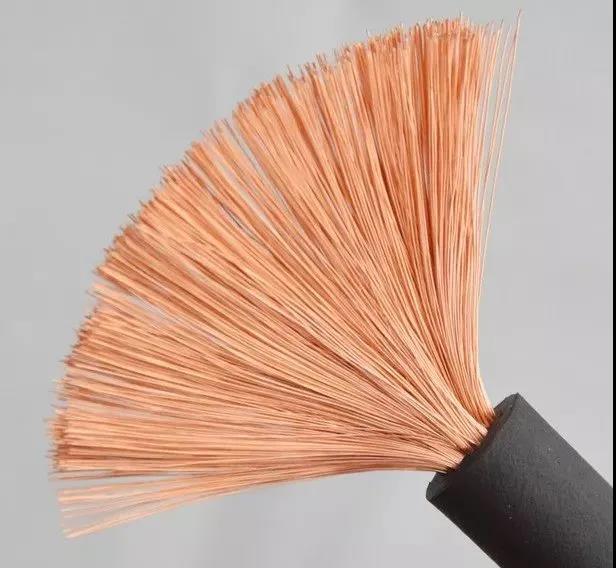Compared with traditional power cables, superconducting cables have the advantages of low loss, large transmission capacity, small ABC Cable volume and strong system security and stability. Cold insulated HTS cables have low mutual electromagnetic influence and thermal field influence, and have stable current carrying capacity. They have great development prospects in underground cable systems in densely populated big cities or specific high-capacity transmission applications. There are many underground pipe networks in big cities, various underground pipes (tunnels) are complex, and the space for cable laying is very limited. It is more and more difficult to install and lay traditional cables, and the installation and maintenance cost will be greatly increased. Using the existing pipe or cable tunnel and replacing the existing conventional cable with high temperature superconducting cable can double the transmission capacity of underground power grid and solve the contradiction between the increase of load and the limited underground space.

In terms of loss, the traditional cable transmission loss is mainly conductor loss, dielectric loss and shielding loss. Among them, for general land ACAR Cables, conductor loss accounts for about 95% of transmission loss. The loss of superconducting cable mainly includes: AC loss of cable conductor, Joule loss of cable terminal, heat leakage loss of superconducting cable insulation pipe, cable terminal and refrigeration system, loss of liquid nitrogen overcoming cycle resistance, etc. Considering the efficiency of refrigeration system, the operating loss of HTS cable is about 50% ~ 60% of that of conventional cable when transmitting electric energy of the same capacity.
The interconnection of large power grids is the trend of power development. With the interconnection of major power grids and the increase of power demand, the short-circuit current level of the system will further rise after short-circuit fault. How to solve the problem of fault current has attracted more and more attention of the power department. The transmission conductor of superconducting cable is superconducting material. Under normal working conditions, the transmission density of superconducting cable is large and the impedance is very low; In the case of power grid short-circuit fault and transmission current greater than the critical current of superconducting material, superconducting material will lose its superconducting ability, and the impedance of superconducting cable will be much greater than that of conventional copper conductor; When the fault is eliminated, the superconducting cable will restore its superconducting ability under normal working state. If the high temperature superconducting cable with certain structure and technology is used to replace the traditional cable, the power grid fault current level can be effectively reduced. The ability of superconducting cable to limit fault current is directly proportional to the cable length. Therefore, the large-scale superconducting transmission network composed of superconducting cables can not only improve the transmission capacity of the power grid and reduce the transmission loss of the power grid, but also improve its internal fault current limiting capacity and improve the safety and reliability of the whole power grid.

Internationally, the research and development process of HTS cable can be divided into the following three stages. The first stage is the preliminary exploration of HTS cable technology. With the development of bismuth (BI) high temperature superconducting tape technology, the research on high temperature superconducting cable has attracted extensive attention. The main contents of the research include: the research on the structure of superconducting AAAC Cable, including room temperature insulated (WD) high temperature superconducting cable, cold insulated (CD) high temperature superconducting cable, three-phase coaxial structure, three core in one structure, etc; Carry out research on electrical performance and transmission characteristics of superconducting cable. The second stage is the research and development of CD insulated HTS cable that can truly realize commercial application in the future. At the end of 1999, the 30m, three-phase, 12.5kv/1.25ka cold insulated HTS cable developed by southwire was connected to the grid, which has taken a solid step towards the practicability of HTS technology. The third stage is the demonstration project research of CD insulated HTS cable. In the past 10 years, the United States, Japan, South Korea, China, Germany and other countries have successively carried out a number of demonstration projects on CD insulated HTS cables.

When the traditional cable is running, the heat generated by the transmission loss is directly distributed to the surrounding environment, and its current carrying capacity is very sensitive to the external heat source. Generally, the current carrying capacity will decrease by 8% ~ 10% when the ambient temperature increases by 10 ℃. Therefore, intensive laying will lead to mutual heating of cables and sharp decline of current carrying capacity. According to the calculation, 2 × 4 rows of pipes, 3 × 3 rows of pipes and 4 × The current carrying capacity of traditional cables with dense 4-row pipes will be reduced by about 20%, 30% and 40% respectively. At the same time, because the traditional cable uses combustible organic materials as the main insulation, it is very easy to cause fire in case of failure. The outermost layer of CD insulated HTS cable is a composite vacuum insulation layer, which has good thermal insulation performance. The heat generated by the cable is taken away by circulating liquid nitrogen. Therefore, the thermal field of superconducting cable is relatively independent and the cable has stable current carrying capacity. At the same time, due to the good electromagnetic shielding function of CD insulated superconducting cable, it can completely shield the electromagnetic field generated by the cable conductor in theory, so it will not cause electromagnetic pollution to the environment. Due to these advantages, superconducting cables can be laid in dense ways such as underground pipes, which will not affect the operation of surrounding power equipment, and because it uses non combustible liquid nitrogen as refrigerant, it also eliminates the risk of fire.
